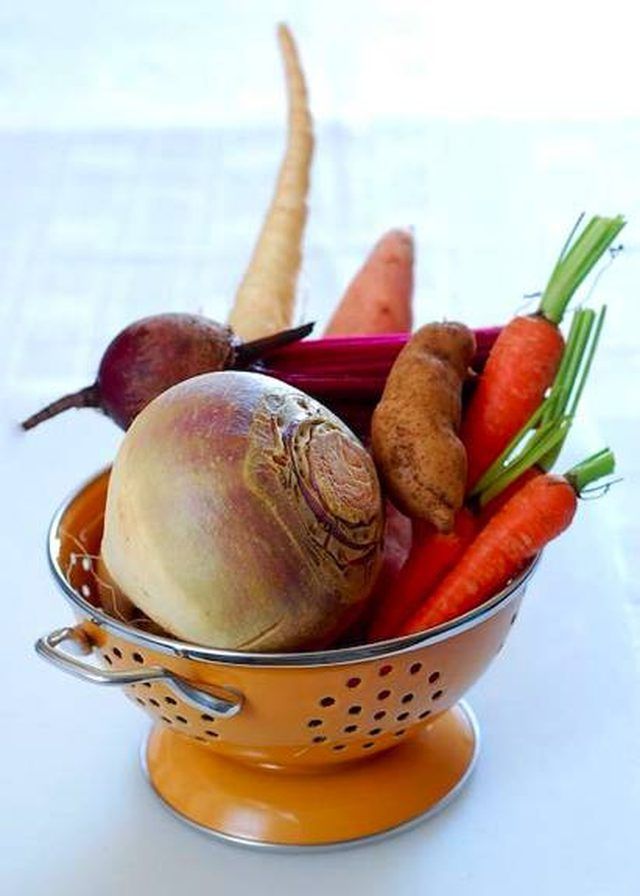Bulbs
Flower Basics
Flower Beds & Specialty Gardens
Flower Garden
Garden Furniture
Garden Gnomes
Garden Seeds
Garden Sheds
Garden Statues
Garden Tools & Supplies
Gardening Basics
Green & Organic
Groundcovers & Vines
Growing Annuals
Growing Basil
Growing Beans
Growing Berries
Growing Blueberries
Growing Cactus
Growing Corn
Growing Cotton
Growing Edibles
Growing Flowers
Growing Garlic
Growing Grapes
Growing Grass
Growing Herbs
Growing Jasmine
Growing Mint
Growing Mushrooms
Orchids
Growing Peanuts
Growing Perennials
Growing Plants
Growing Rosemary
Growing Roses
Growing Strawberries
Growing Sunflowers
Growing Thyme
Growing Tomatoes
Growing Tulips
Growing Vegetables
Herb Basics
Herb Garden
Indoor Growing
Landscaping Basics
Landscaping Patios
Landscaping Plants
Landscaping Shrubs
Landscaping Trees
Landscaping Walks & Pathways
Lawn Basics
Lawn Maintenance
Lawn Mowers
Lawn Ornaments
Lawn Planting
Lawn Tools
Outdoor Growing
Overall Landscape Planning
Pests, Weeds & Problems
Plant Basics
Rock Garden
Rose Garden
Shrubs
Soil
Specialty Gardens
Trees
Vegetable Garden
Yard Maintenance
How to Store Root Vegetables
How to Store Root Vegetables. You may be wondering what a root vegetable is. I'm sure you've heard of the most common root vegetables: potatoes, carrots, beets, onions and garlic. And you may have even heard of the least common ones like turnips, parsnips and rutabagas. Root vegetables are named such because they are the underground plant parts...

You may be wondering what a root vegetable is. I'm sure you've heard of the most common root vegetables: potatoes, carrots, beets, onions and garlic. And you may have even heard of the least common ones like turnips, parsnips and rutabagas. Root vegetables are named such because they are the underground plant parts that are eaten. They are easy to store and with just a few simple steps you can enjoy a bountiful harvest through the winter.
Leave root vegetables in the ground until the danger of frost. Most root vegetables can be left in the ground until about mid-November. Cover the rows of vegetables with straw to keep from freezing.
Dig up root vegetables once there is danger of freezing. Do not wash the vegetables. Wipe off the dirt and cut off the tops only.
Store the vegetables in a dry, cool, dark environment. There are several ways of doing this. Use a garbage can filled with straw. Put the vegetables in a barn or keep the vegetables in a box in a dark basement. A root cellar is ideal if you have one.
Keep the vegetables dry. Store them at a temperature of 32 to 38 degrees. Remove any rotten vegetables to prevent the other vegetables from spoiling.